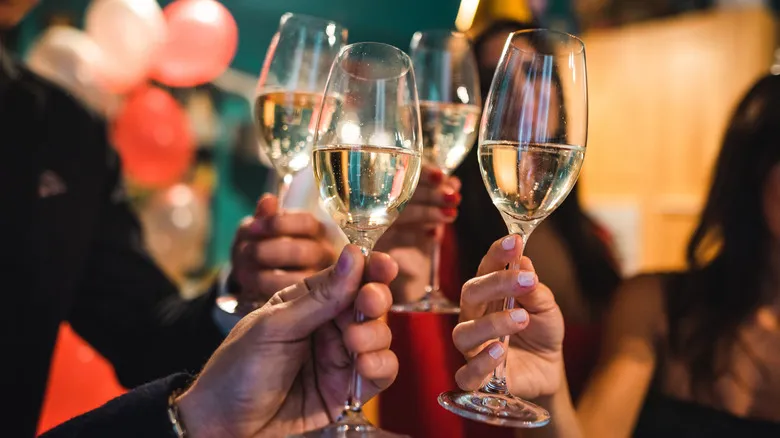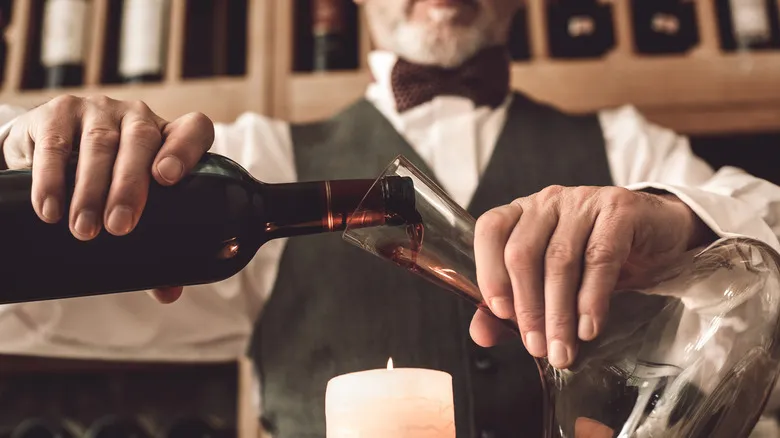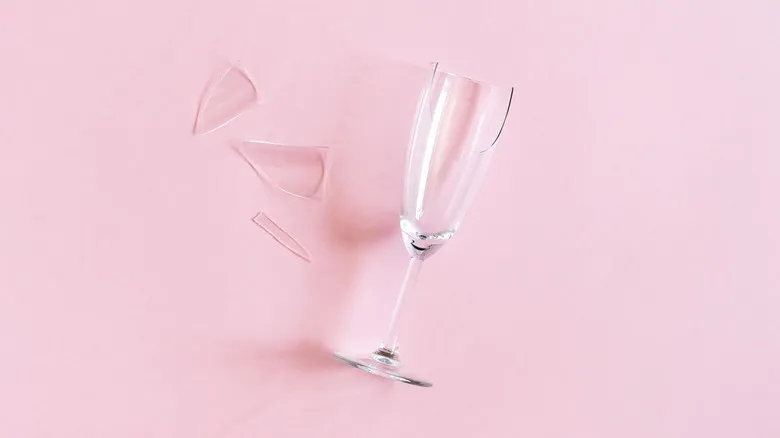The science

Wine requires some time to breathe. When you swirl it in a glass, the oxygen interacts with the wine, allowing it to open up and release its full potential. The space at the top of the glass captures the aromas, which is why it's customary to sniff the wine after swirling. The rounded design of a wine glass facilitates this swirling motion, while a flute glass is typically filled to the top, preventing any swirling. As a result, the wine cannot breathe, and you miss out on its delicate aromas. Coupes are similarly ineffective; their wide bowls do not accommodate swirling either, and attempting to do so could lead to a significant spill.
Sparkling wines like champagne, cava, and prosecco undergo intricate winemaking and aging processes that are often more labor-intensive than those for still wines. Those produced using the traditional method undergo two fermentations to create their bubbles. The layers of flavors and aromas in sparkling wine can be lost if not served in the appropriate glassware. With age, champagne can develop delightful notes of dried apricot, banana, fresh brioche, and bruised apple. Prosecco, on the other hand, features fresh apple, pear, and lime skin nuances. To fully appreciate these complexities, the wine needs space to breathe in a glass, and a flute simply doesn’t provide that.
The correct serving

Serve sparkling wine in a standard white wine glass, well-chilled, and pour the same amount as you would for any other wine, typically 3 to 5 ounces. Using a red wine glass is not ideal for sparkling wine, as it allows too much oxygen exposure, which can diminish the delicate aromas. Swirling sparkling wine won’t cause all the bubbles to dissipate; in fact, some sparkling wines are intentionally decanted to enhance oxygen contact and help the wine open up. Tulip glasses are also excellent for serving sparkling wine and should be filled only halfway. Universal wine glasses can accommodate most types of wine, including both still and sparkling varieties.
The next time you’re dining out, consider ordering a glass of champagne and requesting it in a white wine glass. You might receive a curious look, but stand firm in your choice. The right glass can significantly enhance your experience. Since you’re treating yourself to quality bubbly, you deserve to savor it fully.
Recommended

The Best Kind Of Steak To Drink Beer With

If You're Drinking Wine At A Restaurant, This One Decision Will Save Money

What DOC Means On Italian Wine Labels

Why Sommeliers Use Candles To Test Wine
Next up

